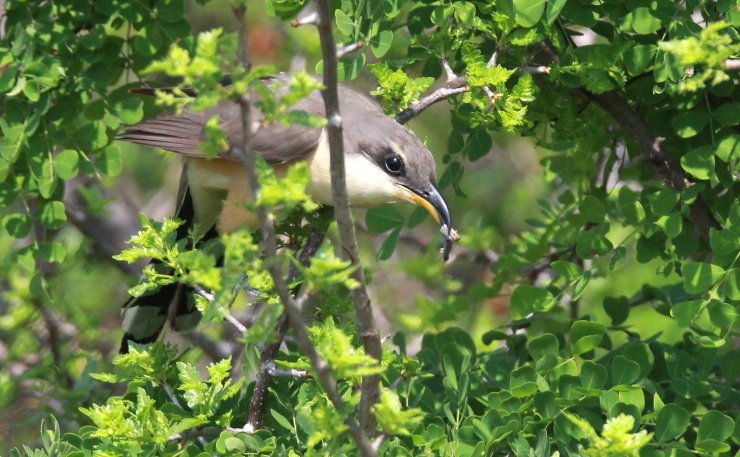
I have written about this before, and I’ll probably write about it again. Birding in Mexico is not like birding in the United States… especially when it comes to interpreting unusual sightings.
For example, when Corey gets the thrill of seeing a Black-throated Gray Warbler in Queens County, New York, he can be almost 100% sure that he is seeing a one-time vagrant, and not a previously undiscovered population. No one really believes that Great Black Hawks will be extending their range into Maine any time soon. To find a Pink-footed Goose in British Columbia is an exciting curiousity, not a scientifically significant discovery.
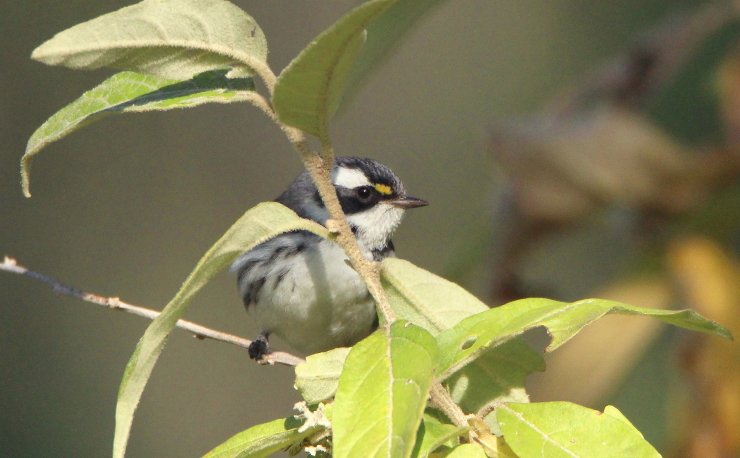 A Black-throated Gray Warbler in the Michoacán highlands? No biggie.
A Black-throated Gray Warbler in the Michoacán highlands? No biggie.
But when you live in a severely understudied and underbirded region like southwestern Mexico, the chances of discovering something new and significant while doing amateur, but reasonably serious, birding, are almost 100%. Steve N.G. Howell’s A Guide to the Birds of Mexico and Northern Central America, which is absolutely my birder’s Bible for the region, says that Snowy Plovers are fair to uncommon summer breeders in the Lake Cuitzeo area, which they certainly are (breeders, though not uncommon). But I have also seen them there in October, November, January, and March, when they are supposedly not here. In fact, I’ve come to expect to see them year-round.
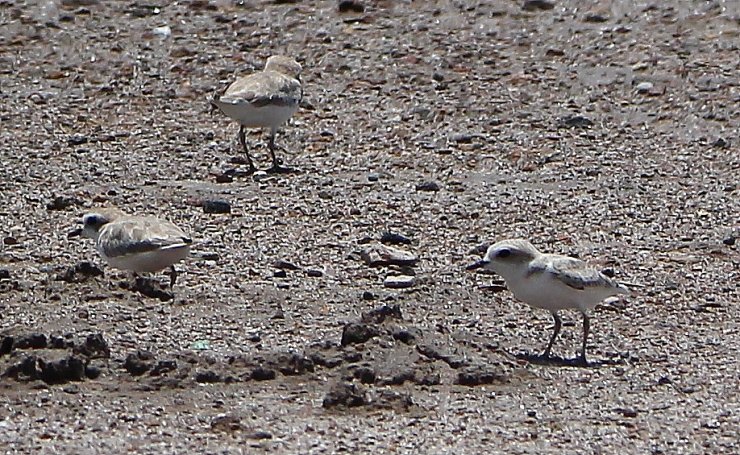 I saw these Snowy Plovers at Lake Cuitzeo a couple of weeks ago. They were probably not preparing to go south.
I saw these Snowy Plovers at Lake Cuitzeo a couple of weeks ago. They were probably not preparing to go south.
Howell does not place the White-tailed Hawk anywhere near Morelia, but I have seen it in every cuadrant of the city, and know for a fact that it breeds near the church I pastor. (Steve, if you ever happen to read this, I want to express my deepest respect for your work. Quite a bit of birding has been done here since your publication in 1995!)
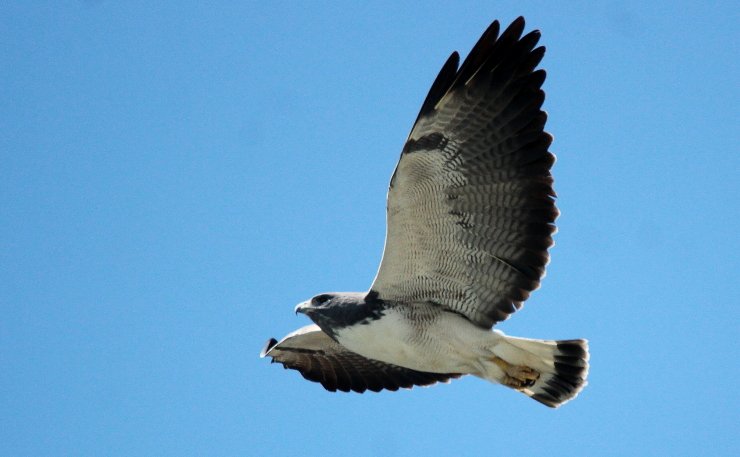 This White-tailed Hawk was flying away from its nest… within Morelia’s city limits.
This White-tailed Hawk was flying away from its nest… within Morelia’s city limits.
A local birder friend of mine, Ricardo Arredondo, mentioned to me just last week that while the Swainson’s Hawk is supposed to be only a transient species during migration here in southwestern Mexico, he has seen it throughout the winter months near his city of Zamora. In February of this year, he even saw 250 following tractors in his area. (And yes, his eBird list includes impressive photos of this phenomenon.) He also has a good number of smaller sightings from November, December, and January.
These are only a few examples of the many I could mention. There was the Yellow-billed Cuckoo that Mexico’s #1 birders pointed out to me one June, well south of its official summer range. There are the Mangrove Cuckoos I see every summer at the same inland site every year, far from the coastal mangroves that give them their name. (That’s one of them at the top of this post.)
Apparently unaware of their range maps, Sanderlings and Pectoral Sandpipers often stop at the very inland Lake Cuitzeo on their way south. Some Stilt Sandpipers and Wilson’s Phalaropes spend the winter there. Willets and Marbled Godwits, while rare, can turn up in any winter month. And, ominously, there have only been three records on eBird of Black-bellied Plovers, once a regular visitor to Cuitzeo, for the entire central Mexican highlands since 2017.
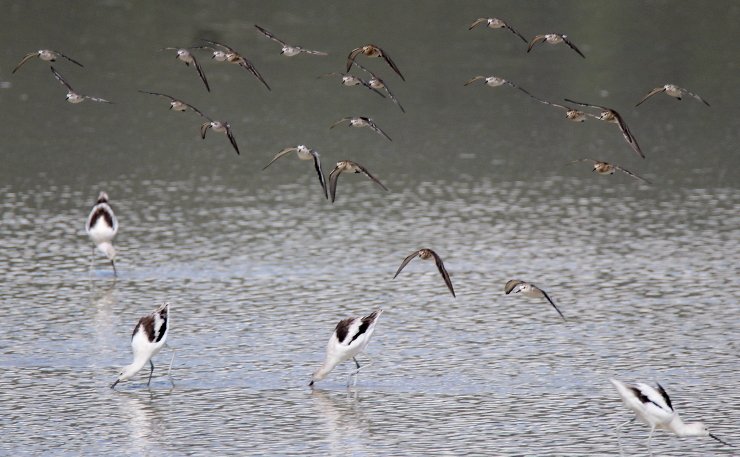 There are Sanderlings mixed in with the Baird’s Sandpipers and American Avocets in this photo, from Lake Cuitzeo.
There are Sanderlings mixed in with the Baird’s Sandpipers and American Avocets in this photo, from Lake Cuitzeo.
There is, however, a downside to this phenomenon. A couple of weeks ago, my biologist friend Jonathan Vargas spotted (and photographed) a juvenile Semipalmated Sandpiper mixed in with the dozens of Western and Least Sandpipers we were observing. He even got Steve Howell himself to confirm the photographic ID! (It’s good to be well-connected, which he is, and I’m not.) And since unusual sightings in my neck of the woods are more likely to reveal regular visitors, migratory populations, or residents, than vagrants… now I will have to check every Peep I see on the lake, for the rest of my life. That’s the sound of me, groaning.
There is one clear response required to this situation in Mexico: more boots on the ground. Mexico’s universities are producing an increasing number of biologists and wildlife managers, but my contact with some of these tells me that there is very little funding available for their work after graduation. There is also a slow, but long-term, increase in Mexican birders, but believe me, we still feel few and far between.
Mexico need much more citizen science, and there are far too few people doing it here. So if you are a retired birder, why drive your motor home only as far as McAllen or Yuma, when you could come spend the winter with Mexico’s wonderful endemics and migratory species? And if you are a young birder with few attachments, why not start making plans now to come down for the adventure of a lifetime, as soon as the health situation allows? Even I cannot predict what you might see!
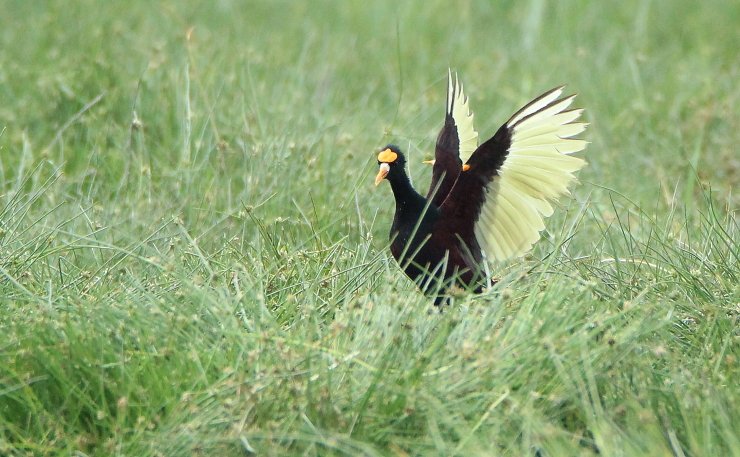 This Northern Jacana at Lake Cuitzeo was well within its range, and has nothing to do with this post’s theme. But I forgot to use it in my last post about the site, and it is the best photo I have yet taken of this charistmatic/comical species. So I’m including it here, just because I can.
This Northern Jacana at Lake Cuitzeo was well within its range, and has nothing to do with this post’s theme. But I forgot to use it in my last post about the site, and it is the best photo I have yet taken of this charistmatic/comical species. So I’m including it here, just because I can.






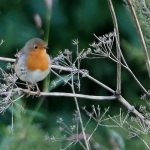
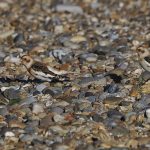
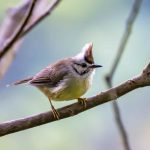


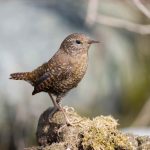
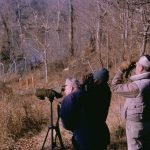
Leave a Comment